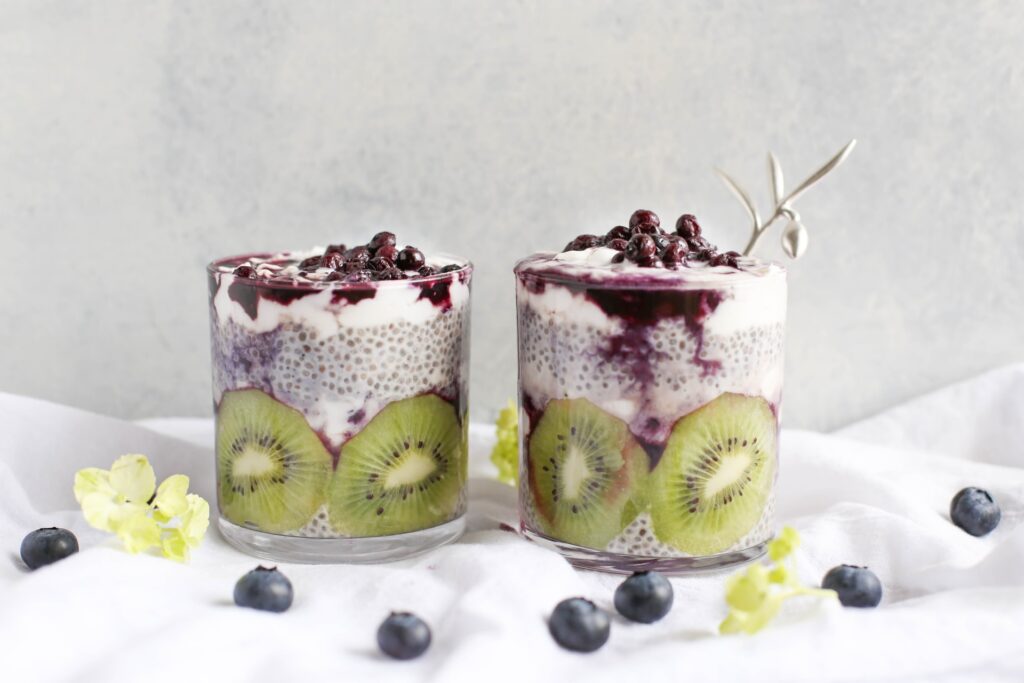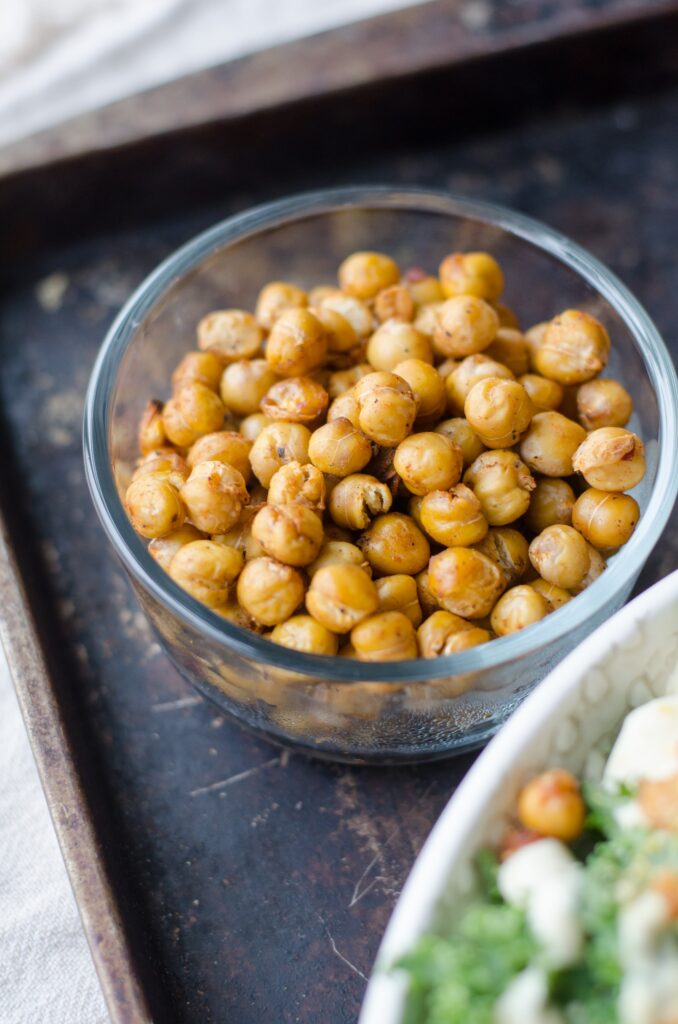Prebiotic, Probiotic, which biotic?
Did You Know?
Prebiotics are a type of non-digestible fiber that when consumed, helps feed the bacteria in your gut. Prebiotics are different from probiotics because probiotics populate, while prebiotics support and enhance gut bacteria. These bacteria inhabit your small and large intestine to support overall human health. While the majority of them live in the large intestine, our nutrition is the largest factor that affects their prosperity. A healthy gut is important for supporting our immune system and reducing inflammation, which is a risk factor for chronic disease. Additionally, a healthy microbial balance also impacts the gut by improving intestinal lining and integrity. The physiological process of prebiotic fiber is through fermentation in the large intestine by the bacteria that inhabit there. Through this process, the bacteria secrete byproducts that in turn have specific functions within the gut and greater body system. For example, peptidoglycan is a byproduct of prebiotic fermentation and plays a role in stimulating the immune system. Short-chain fatty acids (SCFA) are another byproduct that decreases the pH of the colon and affects body metabolism. Continue reading to discover the benefits of prebiotic foods

4 Benefits of Prebiotic Foods
- May reduce Inflammation
Intestinal bacteria are known to play a major role in inflammatory diseases like Crohn’s. Therefore, prebiotics are proposed to improve symptoms of the disease by allowing healthy bacteria to populate the gut. Research proposes that through an increase of healthy protective bacteria, there is a resistance to bad bacteria and a rebalance of the system. For example, two of the biggest bacteria species that ferment prebiotics are Bifidobacterium and lactobacilli and they are protective mechanisms for the gut against disease-causing bacteria. Bifidobacterium is a genus of 50 different species and is the most abundant microorganism type in the gut. Bifidobacteria longum is one such species that is linked to relieving chronic inflammation and colitis. Additionally, one study published in the American Journal of Gastroenterology found a lower level of bifidobacteria in participants with irritable bowel syndrome.
- May improve GI function
Prebiotics can improve GI function in multiple ways by promoting bowel regularity. As the bacteria ferment the fiber, they increase in mass and consequently increase fecal mass which passes easily. They also can regulate other gut functions whether through the primary process of fermentation or the secondary process of byproducts released. When byproducts of fermentation are released, science supports that this also feeds other bacteria that cannot primarily ferment the prebiotics. Lastly, prebiotics can also modify the environment of the gut by altering pH. One study found that even a slight change in gut pH can stimulate certain microorganism populations.

- Support overall health
As prebiotics get digested, the microflora in the colon diversity and change. The large intestine is known to be the most diversely populated organ in the human body with trillions of microbiota and up to 1000 different species. Bifidobacteria have been linked to positive health effects like stimulating the immune system. Furthermore, changes and imbalances in bifidobacterial species have been linked to inflammatory bowel disease, allergies, and obesity. One study published in The American Journal of Clinical Nutrition found that overweight children were more likely to have lower levels of bifidobacteria compared to children of healthy/normal weight.
- Reduce pathogenic bacteria
Prebiotics reduce pathogenic microbes by stimulating beneficial bacteria, mainly Bifidobacterium which inhabit the colon. Researchers discovered that the byproducts of fermentation can affect receptors in disease-causing bacteria by preventing them from attaching to the GI wall. One such bacteria is Clostridium difficile which causes infectious diarrhea.

What Should You Do About It?
First, talk to your doctor. Especially if you have a medical history or take certain medications. Although all prebiotics are fiber, not all fiber is prebiotic. Fiber is known to support colonic health by preventing constipation. However, there is a specific type of fiber that is prebiotic to help feed colonic flora. The recommended intake of fiber, in general, is 38g for men and 25g for women 50 or younger. The recommendation for those 50 or older is 30g for men and 21g for women. Prebiotic fiber exerts a beneficial function at a daily dose of 2.5-10g and most prebiotic products on the market have 1.5-5g per serving. Beware that excess intake can result in bloating, flatulence, cramping, and potentially diarrhea. Daily hydration is generally important but even more so with an increase in fiber intake or supplementation to prevent constipation. Examples of prebiotic foods include mushrooms, bananas, apples, oats, kidney beans, chickpeas, and much more.
How To Make It SMART
SHORT- Include more fiber into your diet in the form of the examples listed above. You should aim for the recommended goal of daily fiber from diverse sources but include a prebiotic option into that total as well
MEASURABLE- Do you notice a positive change in bowel habits? Are your bowels more regular?
ATTAINABLE- Fiber should be a part of your diet to support overall health
REASONABLE- Many of the foods listed above might be in your pantry or may be foods you already consume. Continue doing so as you support your health
TIMELY- Commit to including prebiotic fiber sources into your diet for 30-60 days and assess how you feel
As always,
Love yourself in health, one day at a time



